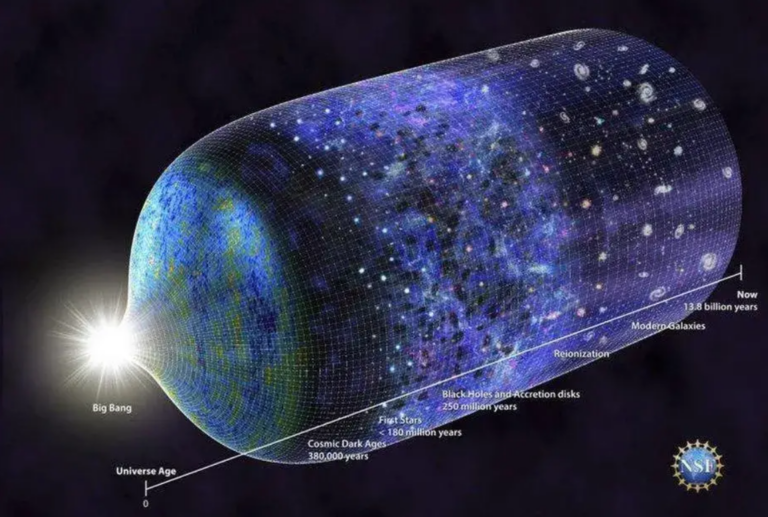New study suggests universe could be 26.7 billion years old, twice as old as current estimates
Cosmologists have claimed that the latest insights into the ages of supernovae have challenged our understanding of the universe, and shed new light on what is known as the ‘impossible early galaxy problem’. Details of the study appeared in the Royal Astronomical Society’s Monthly Notices journal.
“Our newly developed model extends the time of galaxy formation by several billions years; thus the universe is 26. 7 billion years old rather than 13. 7 billion as estimated conventionally,” the lead author of the article, Rajendra Gupta, an adjunct professor of physics in the Faculty of Science, University of Ottawa, told me.
Since the early times, astronomers and physicists have had methods to find the age of the universe and study the oldest stars by viewing the light coming from distant galaxies and assigning the redshift value. Employing the Lambda-CDM concordance model, the age of our universe was estimated as 13. also 797 billion years in 2021 with progresses and new technologies.
Nonetheless, numerous scientists have been bewildered by the presence of Methuselah like stars which are older than the time estimated by the age of the universe and the discovery of early galaxies in the mature stage through James Webb Space Telescope.
These galaxies formed only around 300 million years after the Big Bang and seem to look mature and have mass required for a billions year cosmic evolution period. Additionally, they are not even very big in size which only makes it even more puzzling where they come from.
Zwicky’s tired light hypothesis is that the redshift of light photons coming from distant galaxies is due to them losing energy as they propagate light over vast distances.
It was also found to be in conflict with observations. However, Gupta reached a conclusion that “by letting this theory exist side by side with the expanding universe, one is being able to consider the redshift as not solely a factor of the expansion. ”
Furthermore, Gupta shares the knowledge of changing “coupling constants”, which was explained by Paul Dirac’. Coupling constants are fundamental constants that are used to determine the strength of interactions between particles. Dirac said that they might have varied with time and that they are now constantly constant. If allowed to grow, this boosts the time frame for forming early galaxies that the Webb telescope recognizes at high redshifts to a few hundreds of millions to several billion years.
This account provides a more realistic scenario for evaluating the formation and the extent of mass development in these ancient galaxies. Moreover, as per Gupta evidence elaborated, he argues that the currently accepted cosmological constant denoting dark energy that is causing the acceleration of the universe needs correction. He proposed a constant that relates to the progress of the coupling constants.
This improvement to cosmological model aids in unraveling what was otherwise termed as small galaxy sizes observed early on from refined measurements.
Do not forget to share your opinion with us to provide you with the best posts !




0 Comments